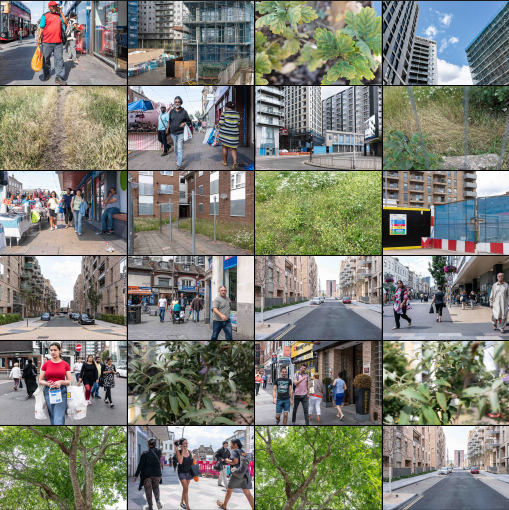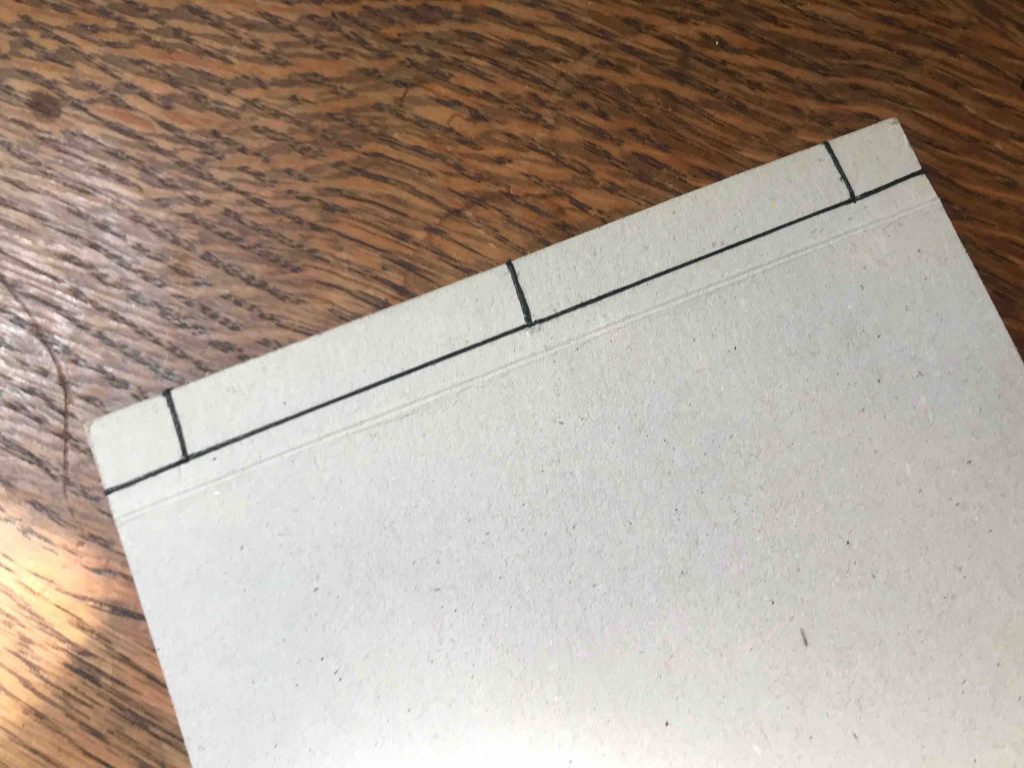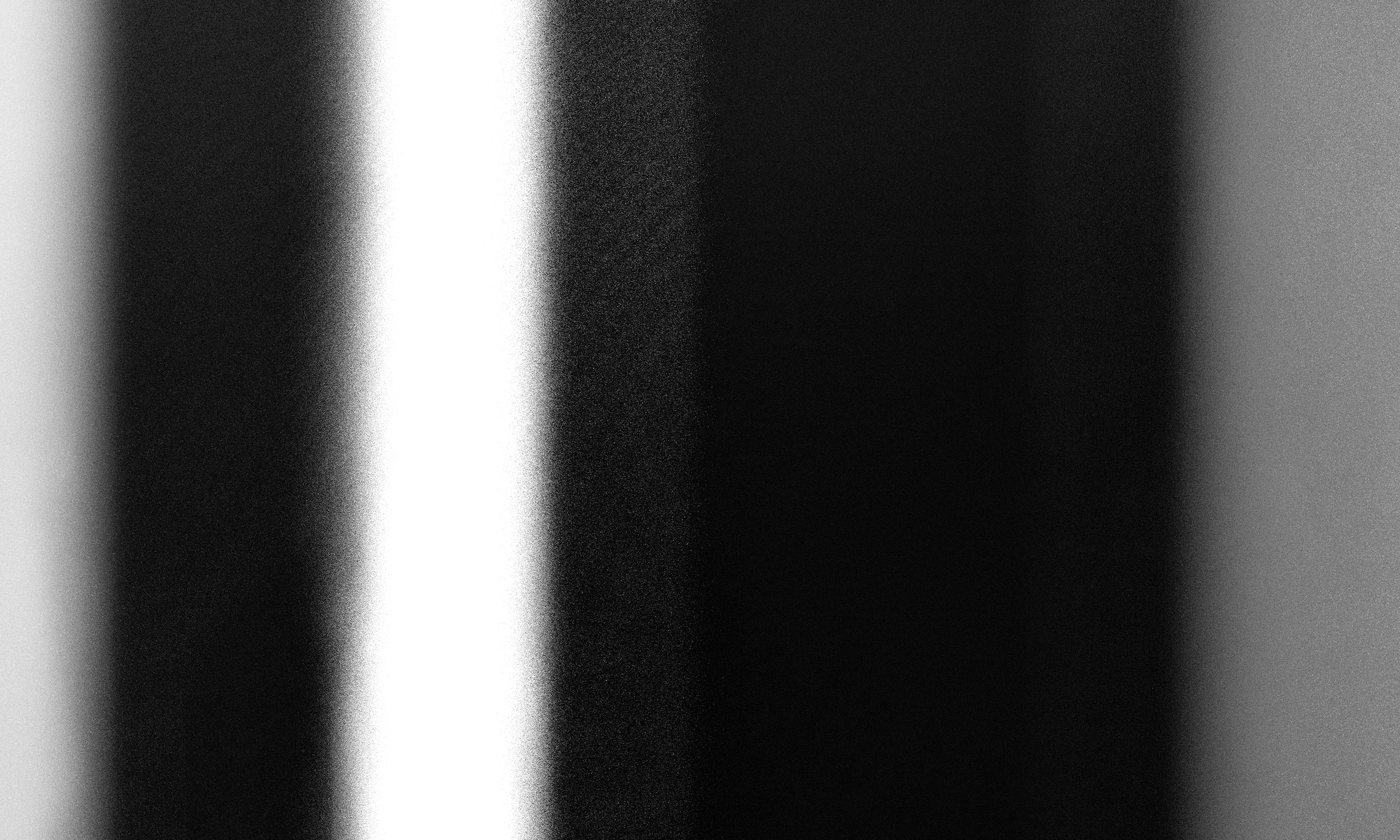I’ve spent the past week making plans for workshops and photographic work relating to my FMP, as well as spending 5 days (Thursday to Monday) in Arles for Rencontres 2019 and the Falmouth face to face (see individual posts on this, including the portfolio review). Getting the WIP portfolio together has been pressing, so I have decided to work on the photobook activity alongside making images for the portfolio. Whilst the portfolio will ultimately not be in book form, working on the activity has been productive. The process has been iterative, in that the portfolio review in Arles provided me with the motivation to return to the channel mixing work, and reviewing, and working from, the images that I have made over the past month in Ilford and Barking has clarified the need for additional images to work with, and helped me to identify the kinds of image I need for the work (in particular, images that show everyday activity in the areas I am focusing on). The portfolio review, and engaging with the exhibitions in Arles, has also helped me to think through how I will display the channel mixing work, and what kind of contextualising narrative I will give. Whilst it will not contribute to the submission of work for this module, I will work further on the printing of my work, and explore the use of LCD panels and projection. Moving between analogue and digital in both the production and display of the work is leading me to see this work as being ‘post-digital’ (as defined by Alessandro Ludovico, 2012; see also Cubitt, et al, 2015, on the affordances of analogue and digital photography and the relationship of the transition of one to the other to wider social, economic and cultural change).
I produced a booklet for the publications activity, based on the images I am working on for my WIP portfolio. Feedback from previous work indicated that some viewers want to see the original images used in the composites, whilst others felt that this would detract from the work by making it look too much like a technical/didactic activity (the same could be said of the animations created from different iterations of the composites from the same three images, which I have not included in the most recent work: I have also not made any of the more graphic iterations). To address this, I have created a grid of the original images for the sequence of eight images that I am currently working on (see below), and for each composite image, I have created an ‘image code’ by removing the three constituent images for each composite.

The first version of the book included that large grid, but feedback indicated that this took away some of the challenge of the work, so I removed it. To contextualise the work, I have drawn on the notion of the Neuropolis, explored by Fitzgerald et al (2018). This relates mental well-being to the relationship between human activity and the urban built and natural environment, an important strand in my work. Given that the work has to represent a particular point in time in the development of my practice, I have simplified the focus, and the quotes provided, I hope, say enough about the key themes in the work to make them accessible.
In the initial draft of the booklet, the ‘codes’ were in colour and their position changed with each image. I did this to vary the rhythm of the sequence, but feedback indicated that this was distracting, and that having everything in black and white would achieve a more consistent visual style, and consistent positioning might be less distracting. I changed these for the final iteration.
The booklet is designed for Japanese three hole stab binding.

References
Cubitt, S., Palmer, D. and Walkling, L. (2015) ‘Enumerating photography from spot meter to CCD’, Theory, Culture & Society, 32(7–8), pp. 245–265.
Ludovico, A. 2012. Post-Digital Print: The Mutation of Publishing since 1894. Eindhoven: Onomatopee.
Online at https://monoskop.org/images/a/a6/Ludovico,Alessandro-_Post-Digital_Print._The_Mutation_of_Publishing_Since_1894.pdf [accessed 01.08.19].
